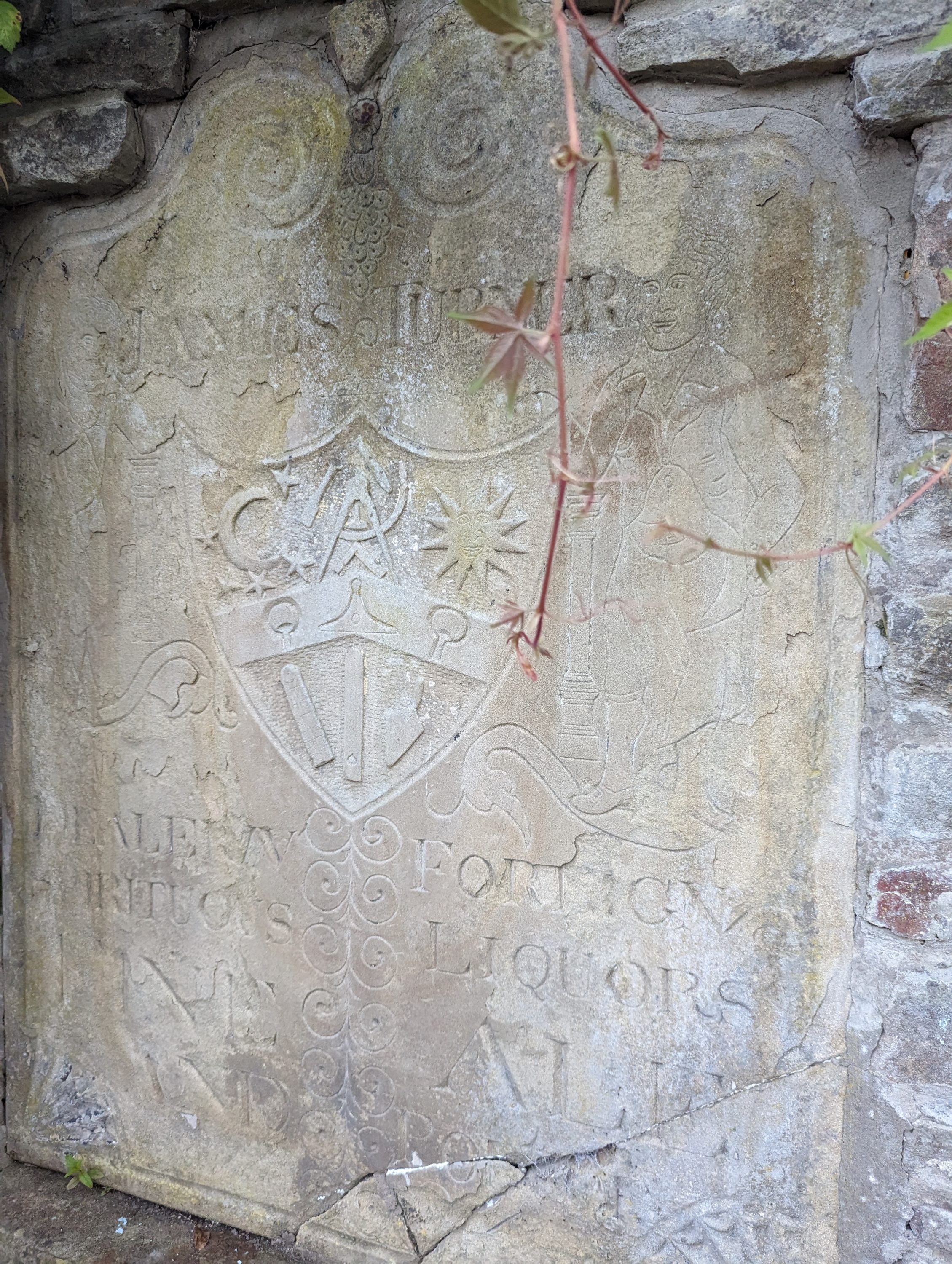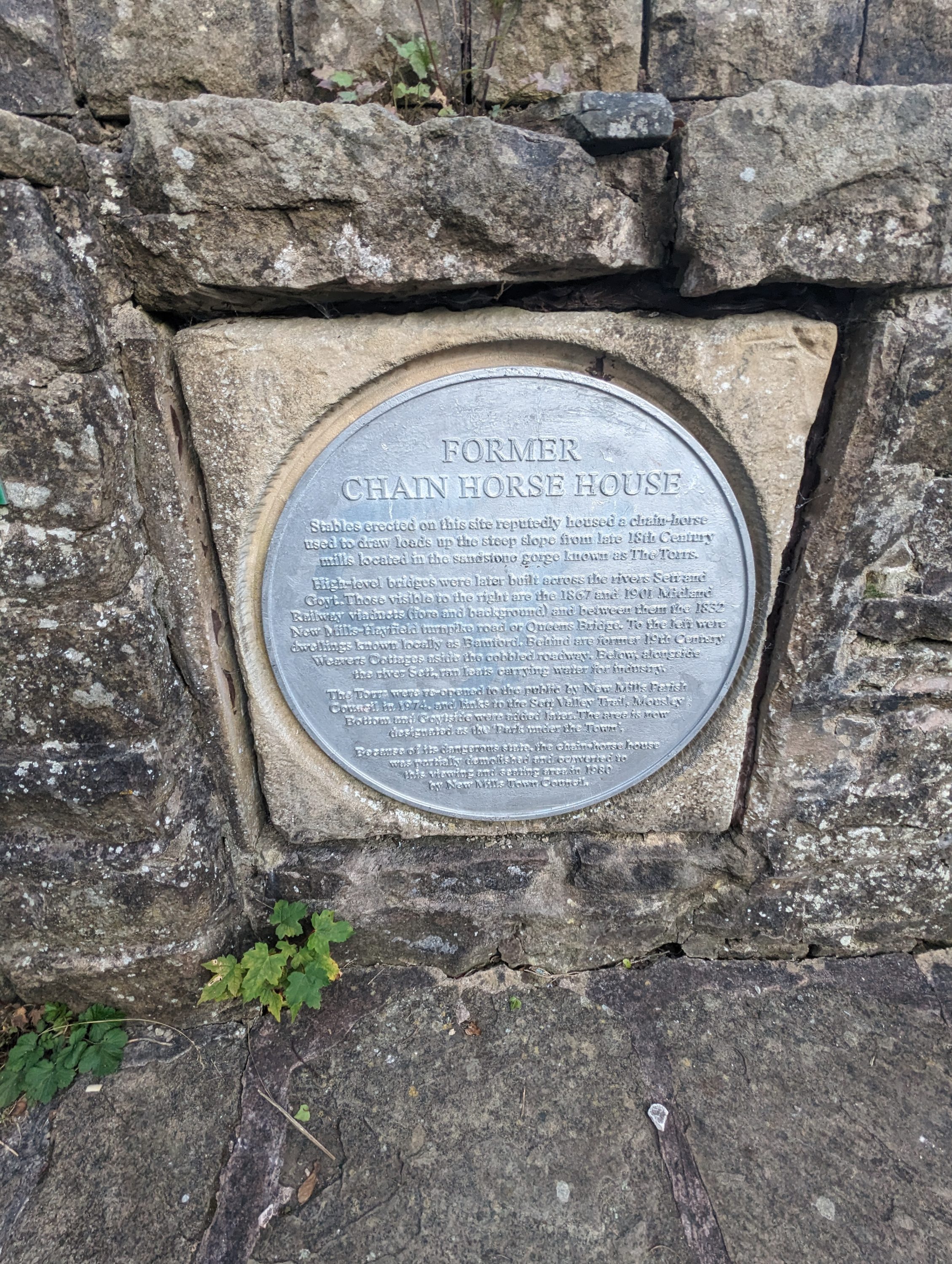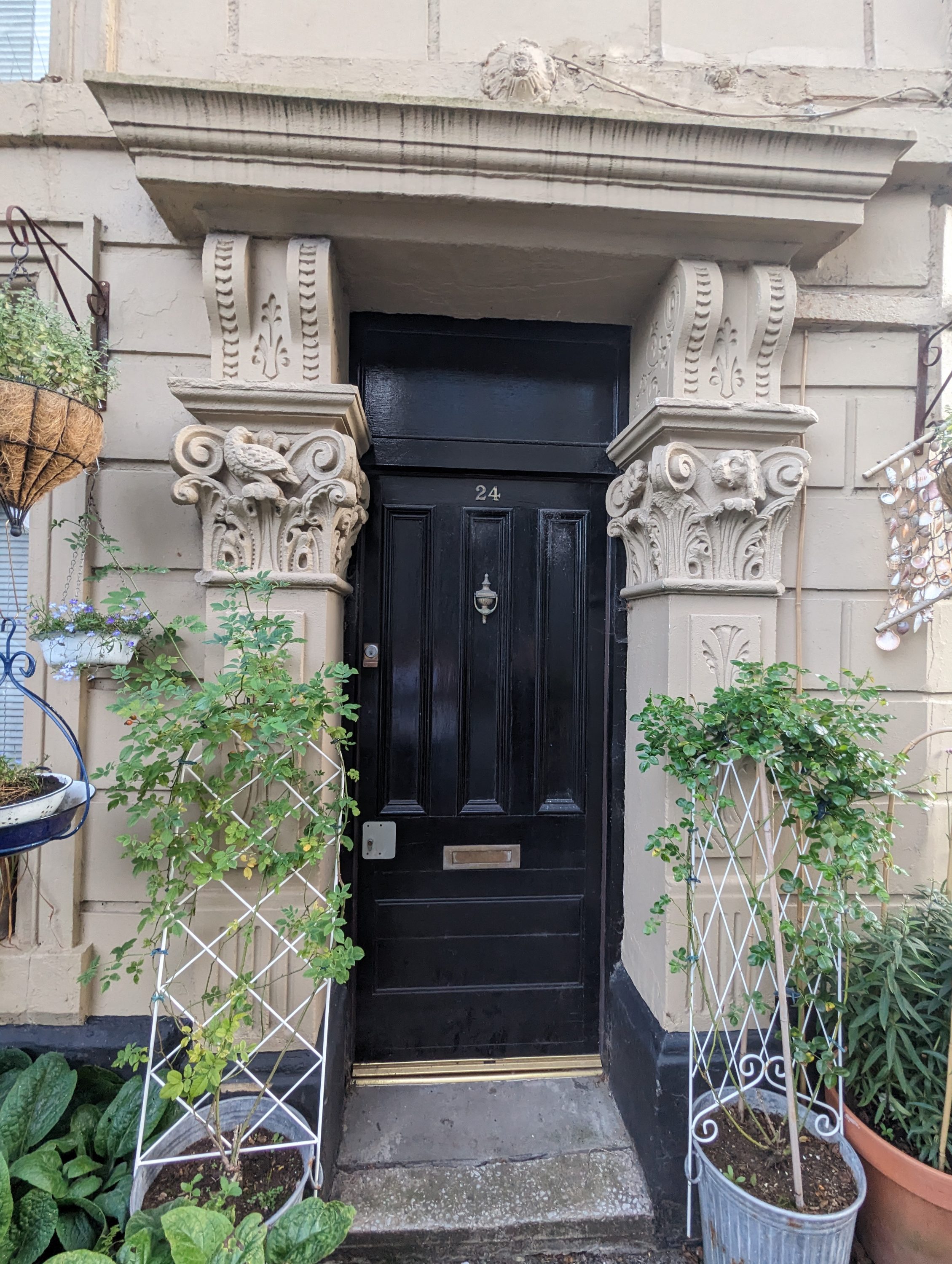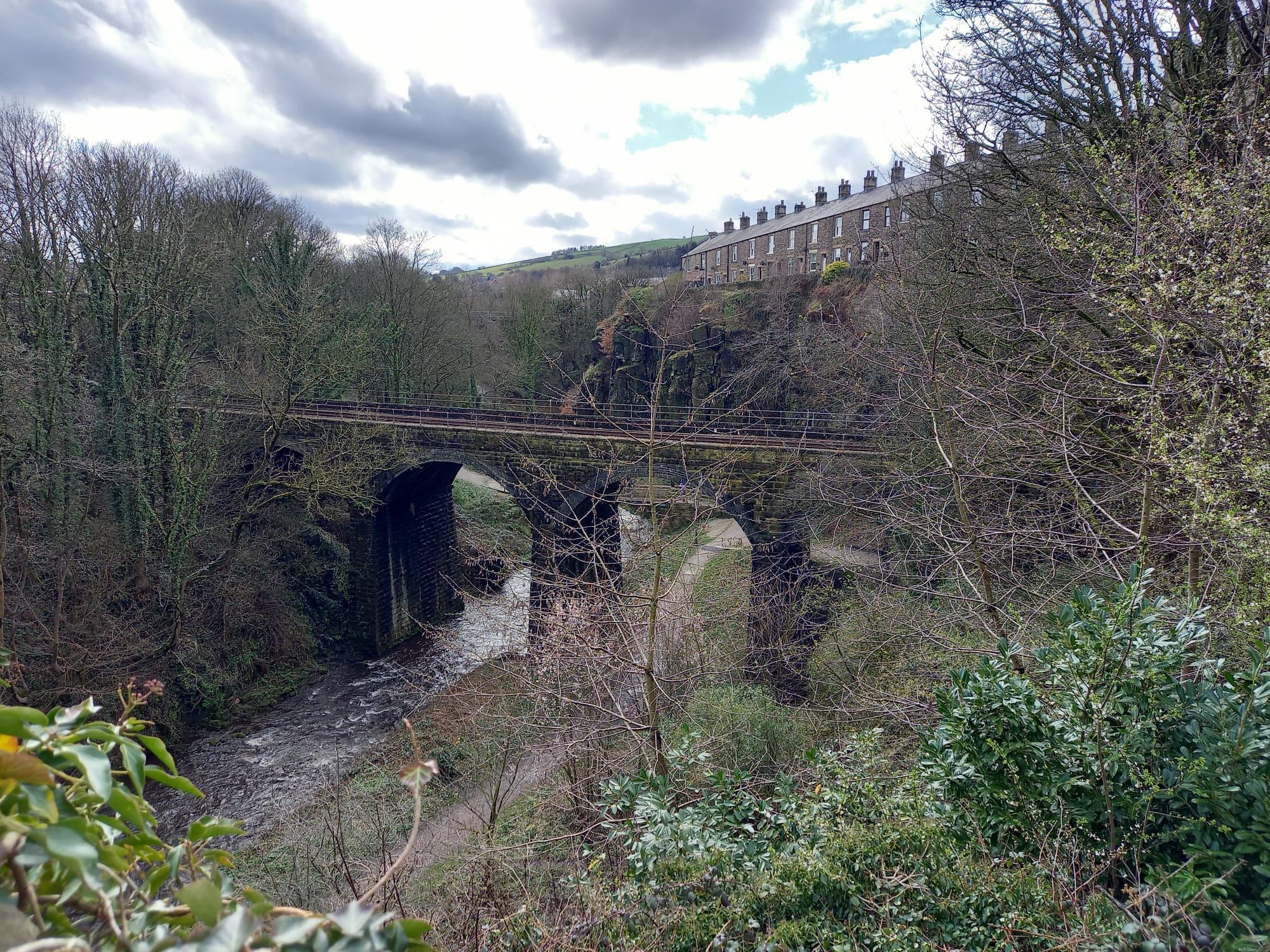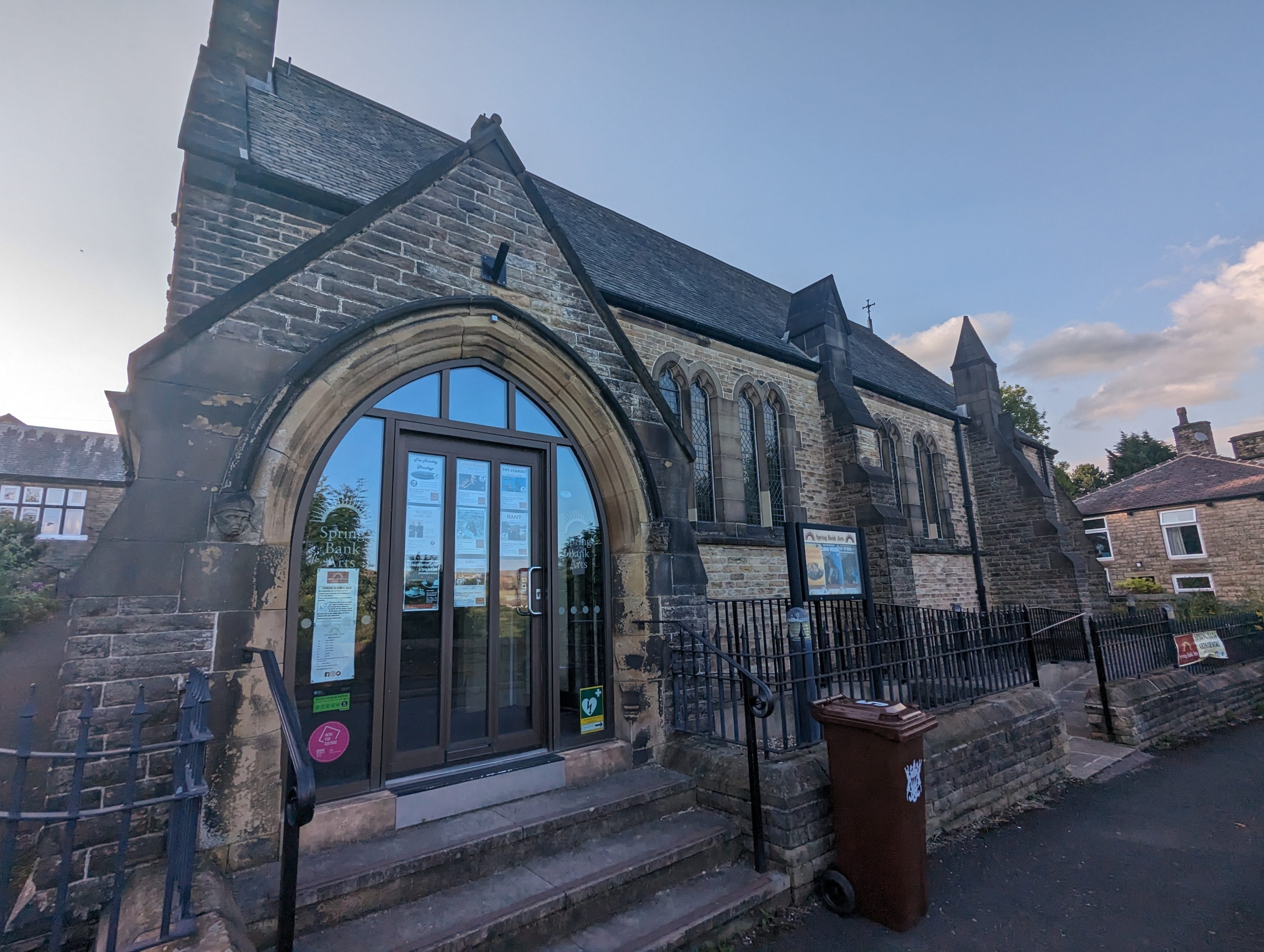New Mills exists as a town and a community because of the advantages of its location on the banks of fast flowing rivers, channelled through a deep ravine.
New Mills dates back to the 14th century, when the first corn mill, known then as Berde Mill, was built on the site of the current Salem Mill. The small community which grew up around it was described as New Milne. By the late sixteenth century the name is spelt as New Mill and by 1775 as New Mills.
By this time, the industrialisation of textile production was in its early stages, and so early mill builders were attracted by the same fast flowing rivers of soft water, which provided both the power and the means of processing fabric production and printing.
To house the growing workforce, drawn to New Mills by employment in the textile mills and printing works, the rapid development of housing expanded beyond the original nucleus of cottages near the corn mill, up and along the steep river banks. Building on sites tightly constrained by topography, the houses were often back-to-back, tall and narrow, and even houses-on-top-of-houses.
Parts of Meal Street remain. Old halls and farmhouses from an earlier agricultural past were absorbed or demolished.
Local gritstone from nearby quarries provided the building materials for walls and roofs, so that by the mid nineteenth century, New Mills had, and still has, the homogenous appearance of a place comfortable in its history and landscape, and with an architectural style which can be described as Pennine urban vernacular. The skills of local quarrymen, masons and builders of the time are evident in the use of simply dressed and coursed stone, semi-circular headed doorways and windows heads with splayed stone lintels.
The second half of the nineteenth century was a period of growth in New Mills brought about by the continued activity of the textile industry, particularly in the printing trades, and by the coming of the canal and railways. Increased commercialisation in the town centre, reaching a peak in the late nineteenth and early twentieth century, gave New Mills the architectural character which still predominates. Public houses, large, often Co-operative shops, banks, public halls and churches, still constructed in local gritstone, added a grander scale to the street frontage, and displayed a sense of architectural style and pride.
New roads such as Union Road, built in 1883 across the new Union Bridge and Spring Bank, were wide and straight. Domestic architecture reflected the growing affluence of the commuting class, whose houses displayed the Victorian love of eclectic style, but particularly the re-invented Gothic.
The history of New Mills can be explored on a walking trail.
